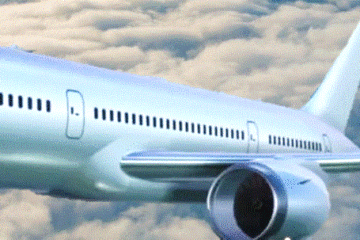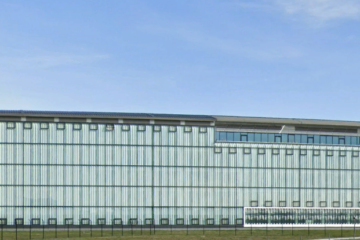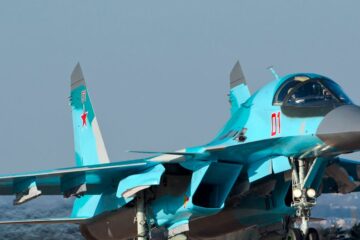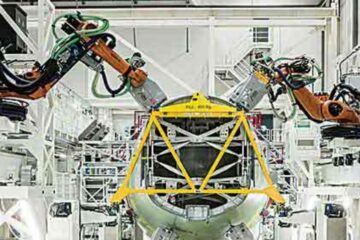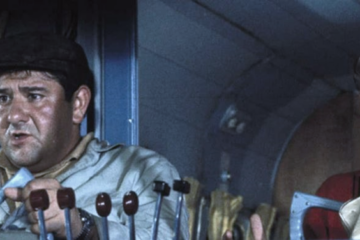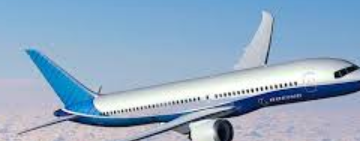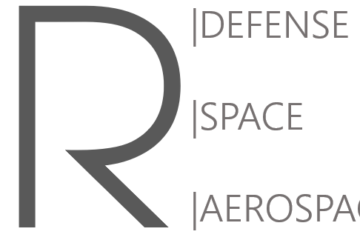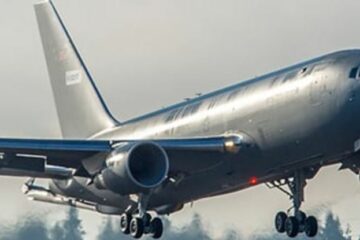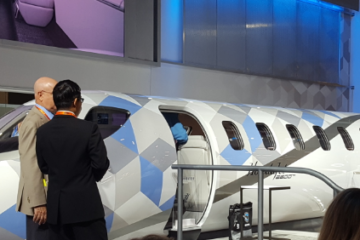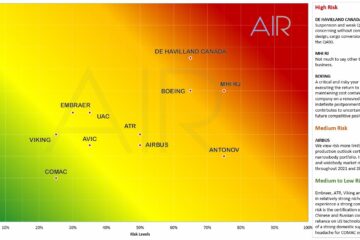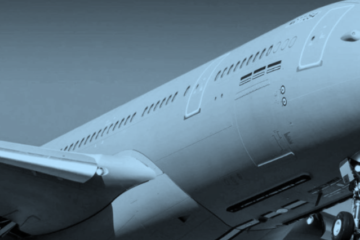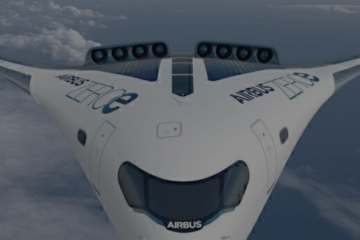We use cookies to ensure that we give you the best experience on our website. This includes cookies from third parties. If you continue without changing your browser settings or not opting out from cookies by visiting the
opt-out preferences link, you hereby agree to receive all cookies on the AIR website. However, you can change your cookie settings at any time from your browser menu and delete those in your browser privacy options or change your preferences by using the above link..
AIR uses very few cookies to ensure that visitors and customers can access their research subscription and information; these cookies are needed to identify visitors, enable the website to function efficiently and personalize research subscription content.
We use only essential third party companies for traffic and research access to identify individual clients and apply security settings on a per-client basis. These companies are listed in
our privacy policy. Google, Adsense and other marketing non-sense cookies are actually banned from our site because we do not like their business and privacy practices one bit. Please note that our site is linked to the website of Patriot Industrial Partners and may still contain links to our former partner, AirInsight.com. Their respective privacy and cookie policies are independent and differ from AIR's, and thus must be reviewed and accepted separately if you chose to visit their site, in which case AIR Intelligence LLC assumes strictly no liability.
The technical storage or access is strictly necessary for the legitimate purpose of enabling the use of a specific service explicitly requested by the subscriber or user, or for the sole purpose of carrying out the transmission of a communication over an electronic communications network.
The technical storage or access is necessary for the legitimate purpose of storing preferences that are not requested by the subscriber or user.
The technical storage or access that is used exclusively for statistical purposes.
The technical storage or access that is used exclusively for anonymous statistical purposes. Without a subpoena, voluntary compliance on the part of your Internet Service Provider, or additional records from a third party, information stored or retrieved for this purpose alone cannot usually be used to identify you.
The technical storage or access is required to create user profiles to send advertising, or to track the user on a website or across several websites for similar marketing purposes.


